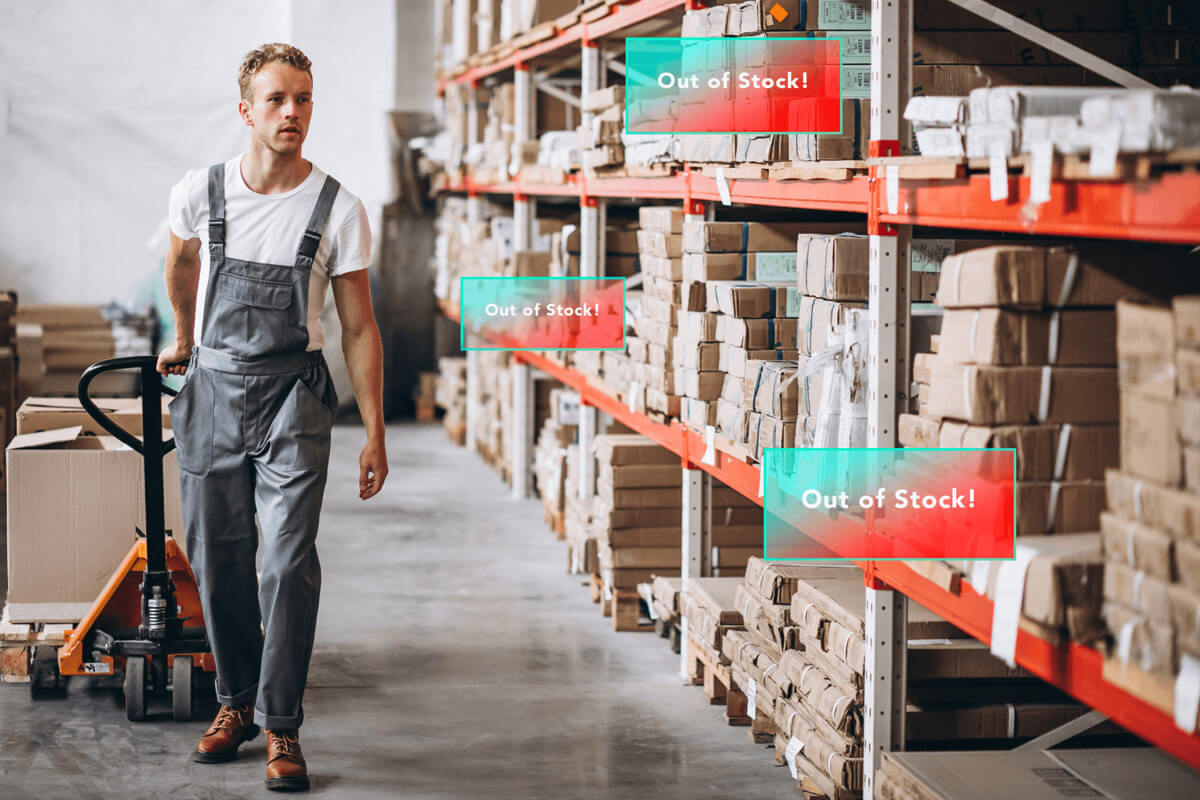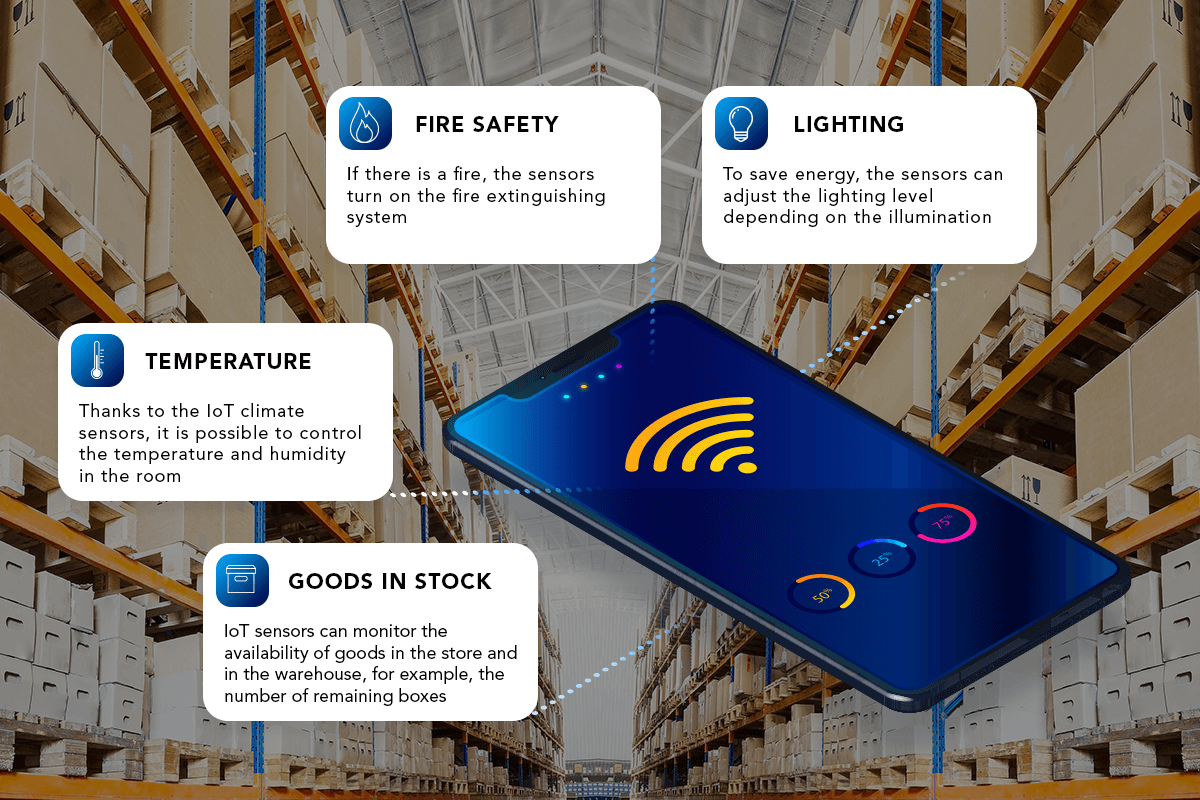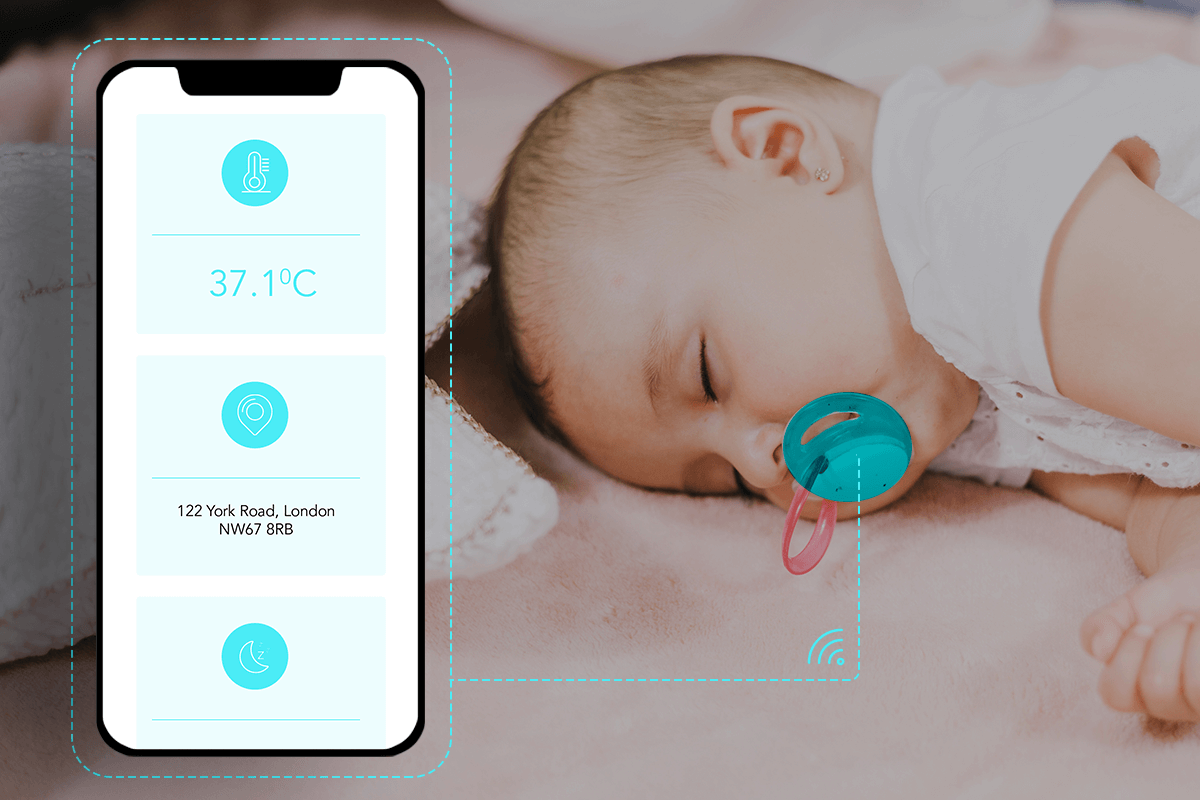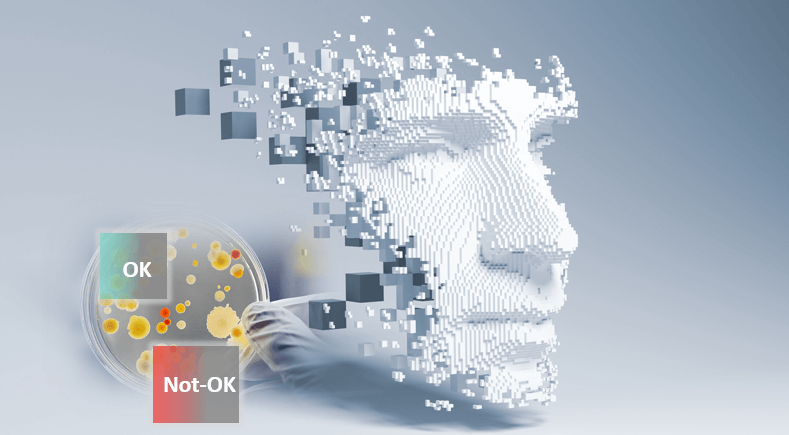The Internet of Things, one of our core services, can fundamentally change all retail operations: procurement, storage, promotion, and payments. The correct use of IoT tools can increase profits significantly and bring value to clients.
In this article, we’ll discuss the top IoT use cases in retail:
- Smart Shelves
- Delivery by UAVs
- Smart Warehouses
- Smart Logistics with RFID and GPS
- Smart Goods
- Cold Chain Monitoring
The Internet of Things and retail are closer than you might have thought. So let’s discover this interconnection. Primarily, we’ve based the article on our experience as an IoT development company.
IoT Retail Use Cases: Smart Shelves
Retail businesses should not forget about the laws of merchandising and the rules for displaying goods on store shelves: sometimes, the right product in the right place can bring enormous profit. The work of merchandisers can be seriously improved by the IoT tools thanks to the RFID tag (Radio-Frequency Identification), which is becoming increasingly popular in many industries. RFID tags are able to not only help employees to lay out goods according to the display system but also to notify in a timely manner when the goods end so that the shelves are not empty.
IoT Business Case 2021
An IoT shelf brings the following benefits:
- Inventory management is less expensive and time-consuming;
- Advanced theft prevention that can reduce the costs of security services and surveillance cameras;
- Better control over goods’ freshness.

Delivery by UAVs
One of the latest daring innovations in the retail industry is the delivery of small goods using drones. There are still certain implementation difficulties in our time, namely imperfection of legislation, the loud noise of propellers, and cyberattacks on the delivery control system. But despite this, the tools of the IoT are improving every day, and soon more and more people will use this method of delivery because the advantages are undeniable: the incredible speed of delivery, and savings throughout the entire delivery process from fuel to couriers.
Smart Warehouses
One of the important factors in reducing unnecessary costs is energy & inventory management of warehouses. The maintenance of the vast areas of exhibition halls and warehouses can significantly affect the company’s budget. Processes such as ventilation, lighting, cooling, heating, security, and plumbing are indispensable in retail. IoT tools can also help here by providing managers with the most accurate information about warehouses.
Similar to smart real estate, smart warehouses use a set of IoT technologies and devices:
- Leak and smoke detectors
- Motion sensors
- CO2 sensors
- Temperature and humidity sensors
- Pressure sensors
- Smart meters that collect data and send it to the cloud
Sensors that collect information on indicators of air, temperature, humidity, and presence/absence of goods are placed around the entire perimeter of the space. All information from these IoT beacons is transferred to the cloud for processing. And depending on the set indicators of the norm, the system itself regulates the environment. It also shuts off the supply of water, electricity, and enhanced ventilation as soon as it is not required.

By implementing such a fully automated system, the company can save up to 20% on utility bills.
Smart Logistics
Another trend has emerged thanks to the capabilities of the Internet of Things. This option of using the Internet of Things for medium-large customers is especially relevant. The RFID tag allows you to track when the number of products approaches a certain minimum number, the store is notified in a timely manner, the order is formed, and delivery is carried out. Thus, the company is always provided with all the necessary products and does not lose money on express deliveries.

IoT tools (for example, GPS trackers) can raise logistics efficiency. Imagine having all the information about drivers, goods, and vehicles in a web or mobile application.
IoT sensors in warehouses and during transportation can collect information about the conditions of storage or transportation of goods, the fuel consumption of the vehicles, routes, axle loads, etc.
Information is processed and already in the form of ready-made reports. It enters the system and, for example, into a mobile application, which in real-time changes the environmental conditions itself or notifies responsible people. The result of using such sensors is to reduce losses from improper storage conditions of products.
Here you can read more about IoT in logistics and supply chain management.
Cold Chain Monitoring
Retailers who work with goods that get spoiled easily experience incredible losses of up to $70mln annually. At the same time, the prices for sensors are decreasing rapidly and they have become affordable for the majority of businesses. With the help of IoT sensors, it is possible to monitor such vital parameters as temperature, humidity, CO2, light, and motion. It is also possible to make sure that the containers are not opened during the delivery.
RFID Chip Monitors Product Freshness
Customers’ confidence that all products in the store are fresh is one of the key points of store success. To achieve absolute certainty that the products have not expired and that the products were stored in appropriate conditions, you need to accurately monitor the conditions in which the products are stored. It is impossible to do this without the help of an RFID chip. Such chips are installed on food boxes and scan the environment in which they are located. Thus, there is no doubt that throughout the transportation, for example, the cheese was always at the ideal temperature for it, from 2 to 7 degrees Celsius.
There are also chemical sensors that can travel with food and notice in advance if food has deteriorated, thereby preventing disease outbreaks.
Smart Goods
The very essence of the retail industry, the goods that are bought and sold, can become smarter with the help of sensors. Using IoT, it is possible to collect a lot of valuable information about the products. Let’s take childcare goods as an example. These goods are becoming smarter with incredible speed ( read more in our article about IoT for BabyTech.)
So even a simple pacifier can be upgraded with a GPS tracker and a temperature sensor. Thus, it will give a lot of additional information to parents and make their life much less complicated.

IoT Retail Business Cases
A practical option for using the Internet of Things in retail is to set up personalized advertising of your products for customers and use the Internet of Things tools to display it when a potential buyer is near or already in the store. For example, advertising will work much more effectively if a prospective buyer receives a notification of a discount on a product that he viewed last night in the store’s catalog right near the entrance to the store itself. 89% of early movers in retail gain increased insight into customer preferences and behaviors from the Internet of Things.
Amazon Go
These options are not just ideas taken from the head but proven methods of increasing recognition and profit. The industry giants such as Amazon, Lowes, and Wing, checked the effectiveness of the steps taken for development. 77% of early movers in the Internet of Things in retail create opportunities to better collaborate with (new) partners in delivering products and services to customers.
We cannot fail to mention the first incredible breakthrough of Amazon Go. Using computer vision technology, deep learning algorithms, and sensor fusion, Amazon Go created a prototype of stores of the future. Words aside, you can watch this miracle of using IoT in retail.
Lowe’s
Lowe’s is an American retail company specializing in home improvement. The store makes extensive use of top-notch technologies such as the Internet of Things and Augmented Reality. More about AR in retail here. They went even further and hired a robot that can help in two languages to find the right products, as well as store employees in the inventory process.
Wing
Delivery by drones is an up-and-coming field of activity. With the right and consistent approach, you can become among the pioneers in this field. The Wing company was the first to receive permission to deliver with drones in Australia.
IoT Retail Solutions Development
We showed you the main expertise of the retail industry. IoT solutions will be modified and mixed depending on the stores’ specifications, geographical location, financial capabilities, and creativity. One generation is replacing another, and you need to keep abreast of such changes and tailor your business to the needs of customers because the retail industry is the business area that people face every day.
To sum up, IoT retail solutions should be customized to reflect each retailer’s specific workflow. We can help you and provide top-notch solutions for IoT in the retail industry. Contact us now!





